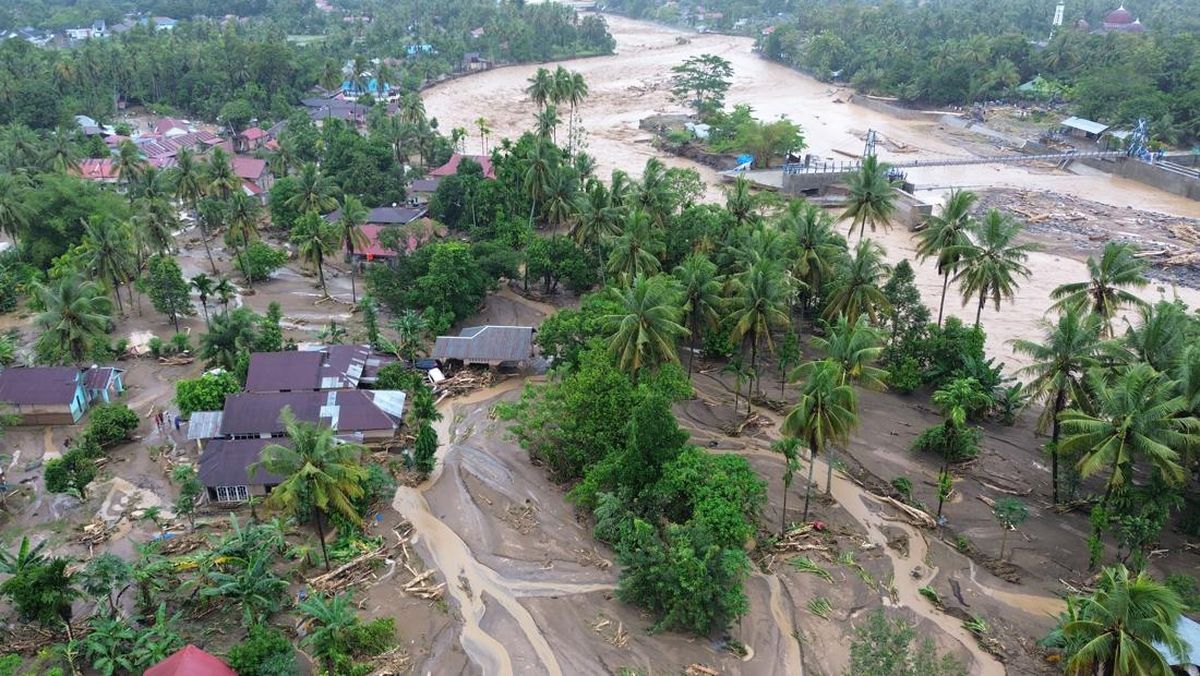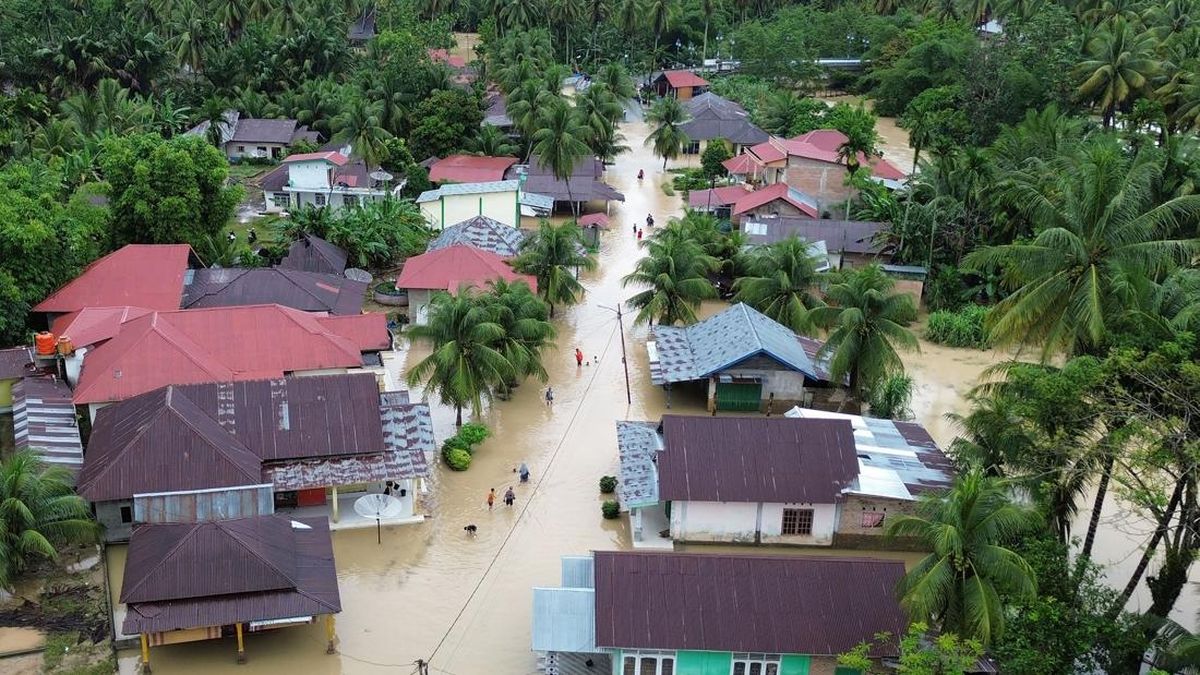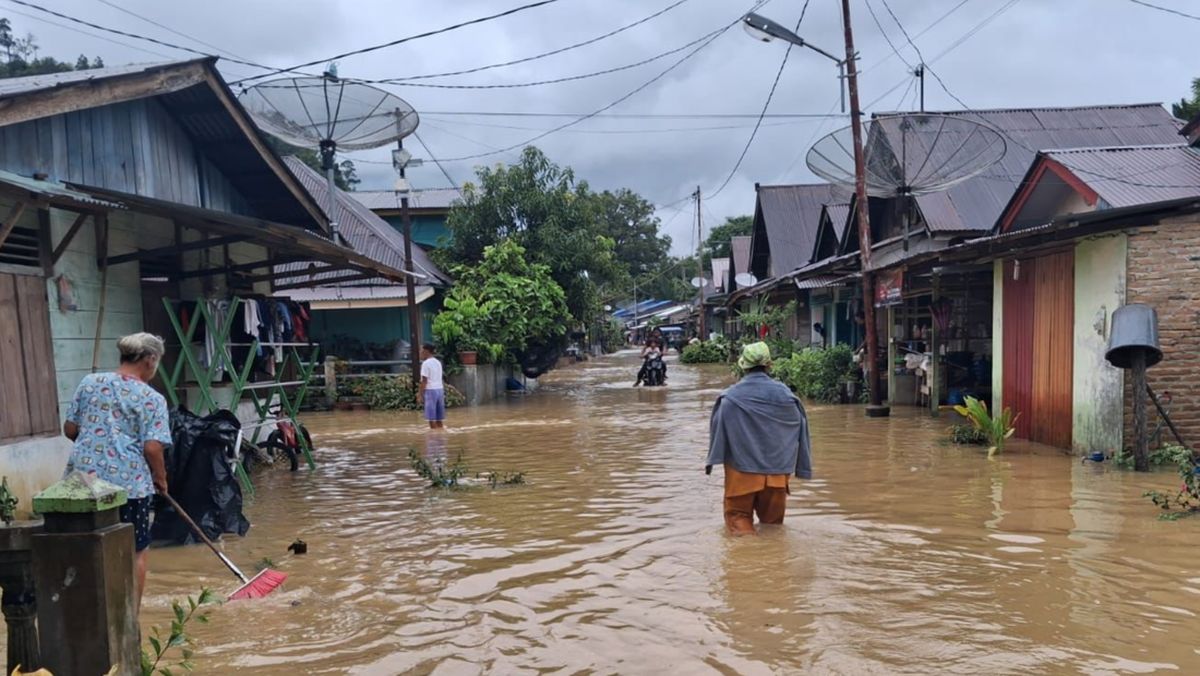Melburnians seeking a better lifestyle and relatively affordable housing have driven up house prices in some regional Victorian towns as much as 76 per cent in five years.
Many of the towns where prices have risen most are far-flung areas rather than towns that are commutable from Melbourne.

Median house prices in the region of Indigo, which includes the Victorian town of Beechworth, have gone up 76.8 per cent over the last five years. Credit: Eddie Jim
New Cotality figures released this week show record-low housing affordability, with the cost of a typical Australian home soaring to 8.2 times the average household income.
The median house price in the Indigo region in north-east Victoria, which includes the town of Beechworth, has gone up by 76.8 per cent from $390,000 in September 2020 to $689,500 this year.
Mansfield and Alpine regions, home to skiing hot spots such as Mount Buller and Bright, also experienced significant price rises above 69 per cent over the last five years, Domain data shows.
Other areas where the median house price has jumped include Mildura, Greater Shepparton and Horsham, among others.
KPMG urban economist Terry Rawnsley said the big price increases could be attributed to two different reasons: lifestyle and housing affordability.
“Places like Mansfield and Alpine are real lifestyle locations which got a real boost during and around COVID,” he said. “People were escaping the lockdowns in Melbourne, they could work remotely, and they might have turned a holiday home into a permanent residence”.
A lack of housing supply combined with demand in those areas has also meant “there’s only one way prices can go”, Rawnsley added.
Loading
While home values have risen, they are still relatively affordable compared to Melbourne and Sydney, as well as bigger regional centres such as Albury-Wodonga.
“If you’re experiencing a bit of cost-of-living pressure, you might be going not far down the road to find that cheaper house you’re looking for,” Rawnsley said.
Melbourne’s median house price reached $1,083,043 in the September quarter, up 2.2 per cent from June, the latest Domain House Price Report shows.
The Latrobe region has benefited from people priced out of Casey and Cardinia, who have moved to more affordable Warragul and Drouin, Rawnsley added.
“People, most probably working in Dandenong South, Kingston, even Monash, are looking at going half an hour further down the road to Warragul and spending less than half a million on a house – a real affordability play.”

Regional Victorian towns like Bright are appealing to Melburnians seeking out cheaper housing and a lifestyle change. Credit: Rob Blackburn
Domain economist Joel Bowman said the remote work trend since the pandemic and relative affordability meant small Victorian towns could experience big price jumps.
A strong demand for holiday homes in high-amenity regions with tourism appeal, such as Alpine and Mansfield, were also attracting buyers with deeper pockets.
Bowman added that a tight rental market and near-record-low vacancy rates in many regional Victorian towns have also made them attractive to investors.
Loading
“We have seen a big pick-up in investors over the last year. You tend to see this when rental conditions are tight and you’ve seen strong rental growth, which we have seen over the last five years,” he said. “That is a big drawcard for a lot of investors, as the numbers tend to stack up from an investment point of view.”
With Domain data predicting strong price growth in Melbourne in 2026, fuelled by the expanded Australian Government 5% Deposit Scheme, lower interest rates and improving household incomes, regional areas could experience a further boost, he added.
“You’ve got a growing competition for properties at the more affordable end of the price spectrum, and I suspect the regional areas would continue to benefit from that. So yes, there is certainly a lot of demand for the more affordable properties,” Bowman said.
When Beechworth real estate agent Sarah Voigt started working in the industry in 2010, the area was filled with retirees.
Today, the director at Property Collective Real Estate said she sells homes to mainly young families, couples, and even returning locals.
“COVID had a major impact on the majority of buyers coming out of metropolitan areas,” Voigt said. “There was a high percentage of people who had the ability to work from home.”
Located roughly between Melbourne and Sydney, Voigt said Beechworth became an affordable in-between spot, boosted by its proximity to the Albury airport. “People working from home, many from Melbourne and Sydney, can fly out of Albury and come back at night,” she said.
And while the region’s property market is stabilising (the median house price rose 0.3 per cent over the year in September) Voigt said “we saw what should have been five to seven years worth of growth happen in two to three years”.
“Ultimately, the prices will have to [stabilise] – the economy doesn’t support it jumping much higher in the climate,” she said.
Most Viewed in Property
Loading


















































